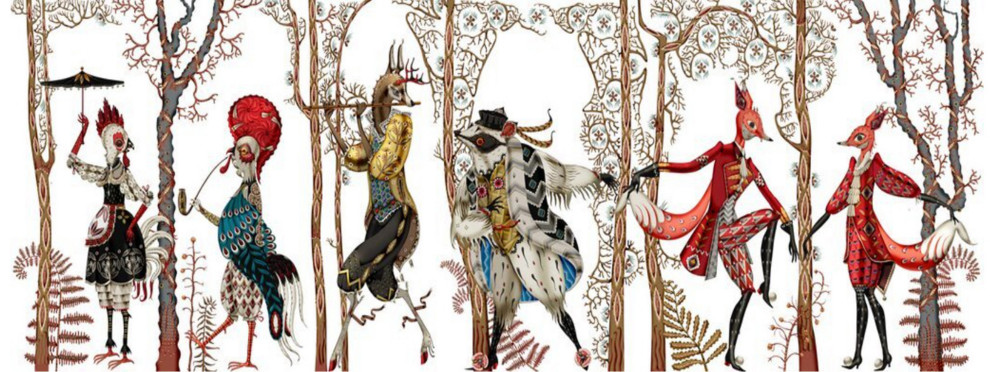The relevance of good everyday objects - or how to shape the spirit of a Nation
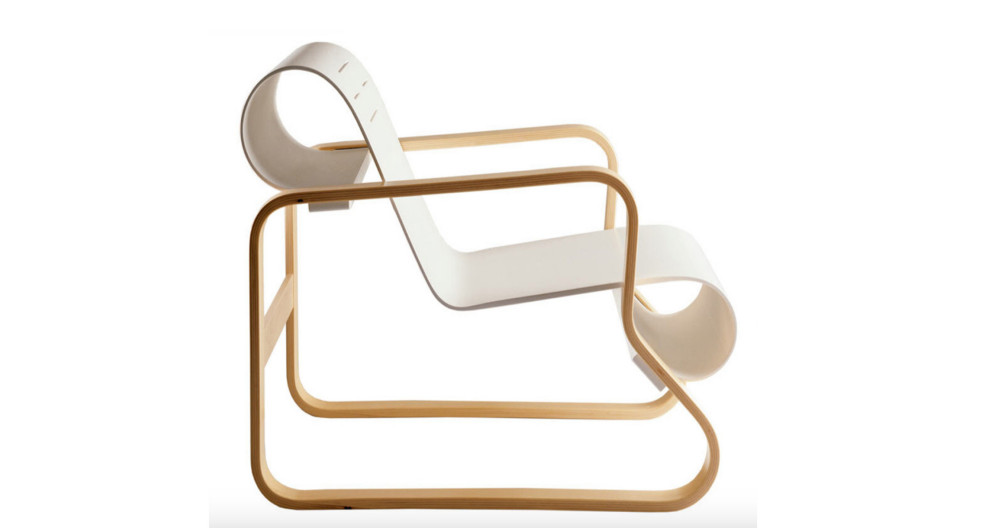
Alvar Aalto, the recently graduated architect, had returned home from travels through Southern Europe, mainly Italy and France, studying classic architecture. On his way back home, finding the latest of innovative thinking on how to shape a new society at the Bauhaus in Germany. It changed his world.
In 1929 he was assigned to build a sanatorium at the edge of woodland in a place named Paimio.
The Aalto studio designed every part for the project, from door handles to every interior element, all today hailed as design classics, produced over and over again to be enjoyed by people around the world.
At the time Finland did not have a steel industry, instead the main resource was wood. Aalto experimented with the material together with the manufacturer Korhonen, finding ways to form new shapes for furniture, inspired through his encounter at the Bauhaus, now made from all wood suitable for a Sanatorium. The project with all details had to reflect the modern clarity, the new ideas of the time. He succeeded brilliantly as he defined the birth of modern Finland through the language of his architecture and interior ideas. The Paimio hospital was completed in 1933 and is today on the World Heritage list. It was the start of a new visual language at the distant edge of Europe.
A country driven by survival, with a quiet, pragmatic stance to life. Everyday design for the home was the attempt to bring hope to people for a better tomorrow.
An example is the simple glass by Aino Aalto which she entered for a competition under a pseudonym in 1932 and won. It's been in production by Iittala ever since, a glass still used around the world.

Another design classic and auction favourite is the Tank chair by Alvar Aalto from 1936.
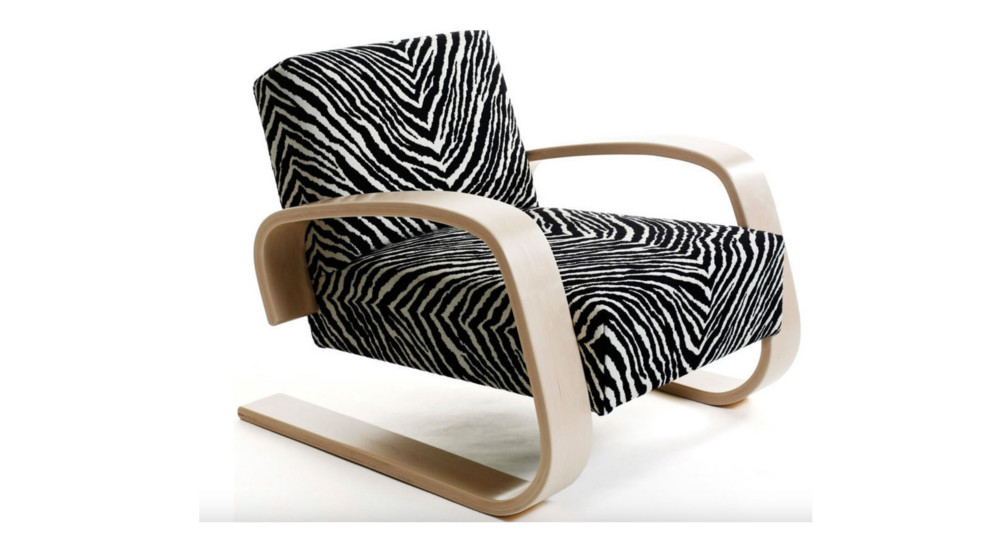
The same year Aalto's Savoy vase saw the light of day and has with it's squiggly shape stayed a jour since, never loosing it's allure.
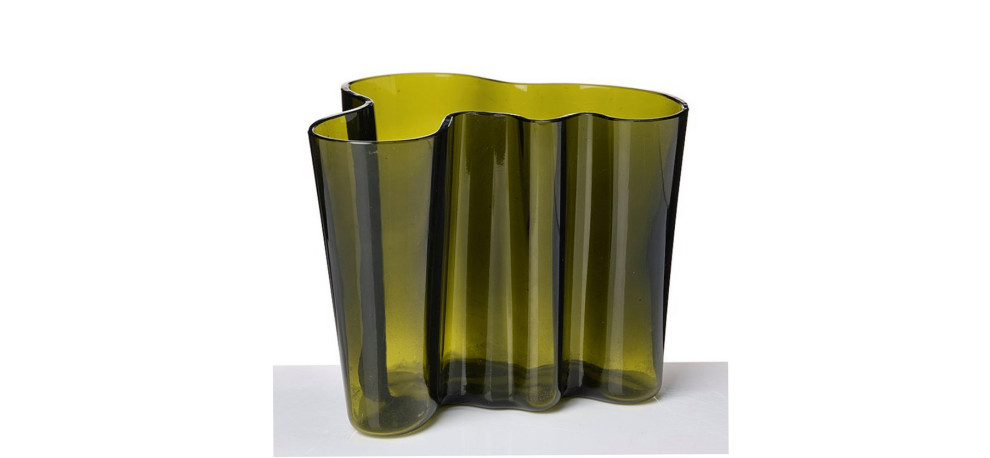
In 1952 Kaj Frank designed Teema, introducing a whole new way of looking at everyday dishes. A democratic mix and match unheard of at the time, easy, uncomplicated, unpretentious, always relevant and still going strong. It does not have to be complicated just well made, practical and beautiful, that's all.

The Arne glass series by Göran Hongell was awarded the Gold Medal at the Milan Triennale in 1954.
It is still to be found in design stores on all continents and has been endlessly copied. Today it seems nothing special since we are used to the shape through so many adaptations, but at the time when stem-wear was the melody of the day and in particular cut glass, this was truly radical design
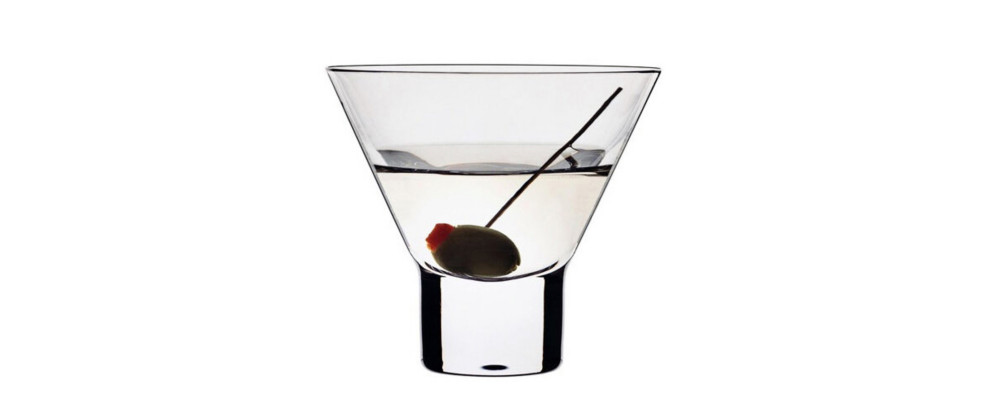
All these ideas where born with the ambition to create simple, functional pieces for good everyday living and so they do and continue serving us today.
Design in Finland is often sparse in its form, more so than the design of the other Nordic countries. This might be connected to the hardship Finland had to go through in a much more severe way than their Nordic neighbours. Maybe it also has to do with the harsh, long winters. Nature forces humans to go within, look at the essentials needed for survival, keeping it simple, making a point. This might be something locked into the nations DNA, who knows……
Fact is, the simplicity of Finnish design is striking and strikingly beautiful because to get simplicity right, one needs to understand proportions and to get proportions right one needs to allow time to ponder and contemplate. If one allows time to move slowly, one finds beauty in its flow and so simplicity can be born in its full glory.
Finns are pragmatic, things need to function as it supports survival, but this does not mean it has to be boring, it simply stays relevant through time much loner.
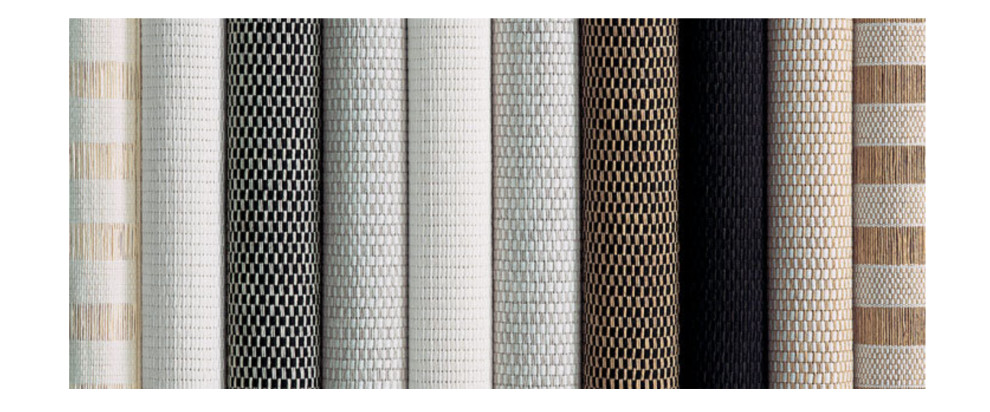
The warmth, craftsmanship and clarity for timeless products, designed by textile designer Ritva Puotila for Woodnotes are a great example of Finnish quality and craftsmanship of the day. Woodnotes is a company which brilliantly has utilised the advantages of wood, paper, weaving tradition and care of production at highest quality. It's fabulous to experience how well designed and produced items, however simple, touch the heart, adding additional value to the products.
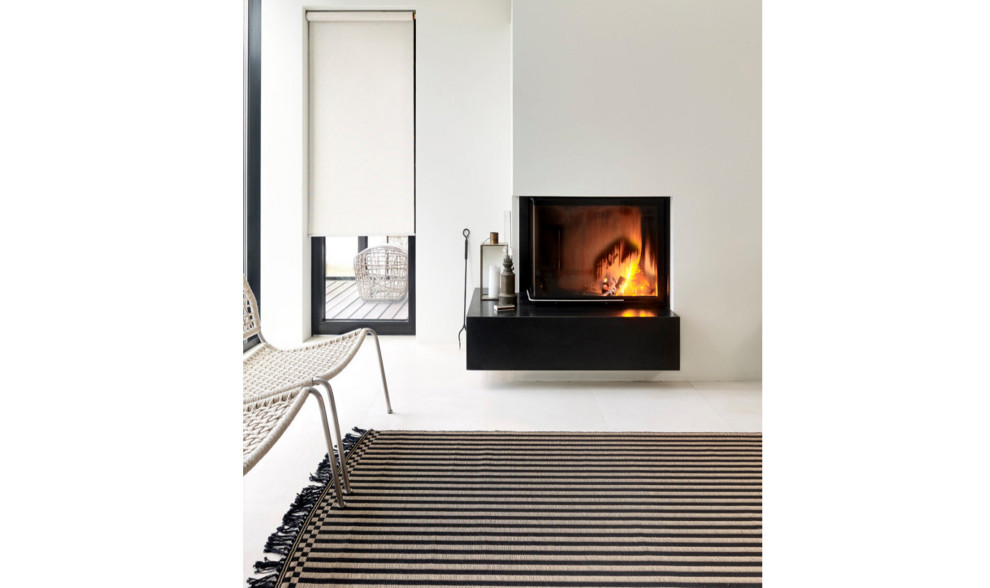
Simplicity is expressed in every aspect of life, through fashion, art, architcture and lifestyle products. There is a certain silence around simple form, something which is innate in the Finnish psyche, maybe because one is used to silence much more than on the continent.
The silence of snow is breathtaking and once experienced, never forgotten. Possibly because it is so soothing to the soul and likewise soothing are clean cut form for the body and home as they allow people space to breath, to be still..
Take for example the Kartio glass, created by then Arabia’s artistic director Kaj Frank in 1958. It's the most simple glass ever, but somehow it lives on and on and on…… there is a genuine beauty, a harmony to it, allowing it to be used for water, milk and wine alike. Celebrating beauty for everyday living, stackable not taking much space and never boring because of the perfection of proportion..
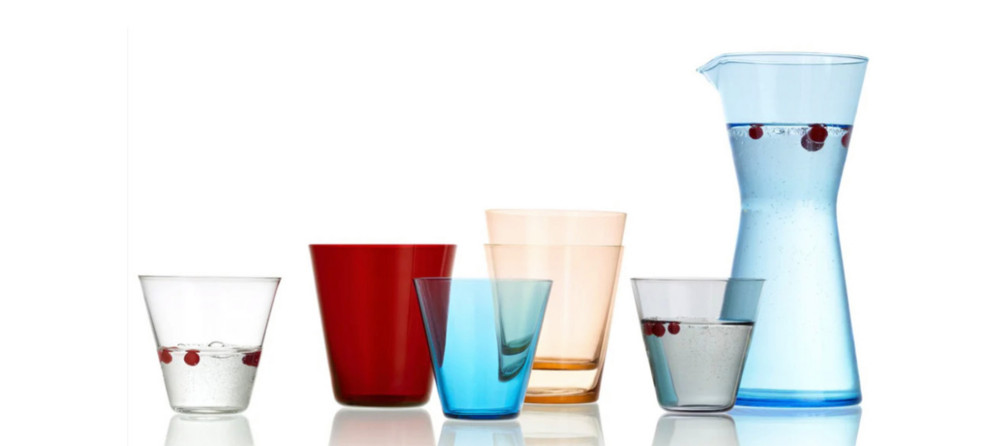
Besides much celebrated simplicity one finds innovation and bucket loads of personality such as in master Tapio Wirkkala who has won more gold medals for Finland than any other designer.
There is not a finer, more comprehensive designer, dead or alive, who can compete with Tapio Wirkkala, who masterfully was able to create in any discipline. An example was the contribution for the Venice Biennale in 1956. Wirkkala was asked to build the national pavilion representing Finland but there was no money to contribute with more than a pile of wooden planks. Wirkkala's team built the pavilion and the night before the opening someone had written ‘Viva Finlandia’ in the sawdust and with that and a lot of grit, Finland won that years Gold Medal for best Pavilion. Built from a pile of planks winning first prize, something only a master can do! Wirkkala's wit, simplicity, craft and originality had no end, no matter what material or métier he worked.
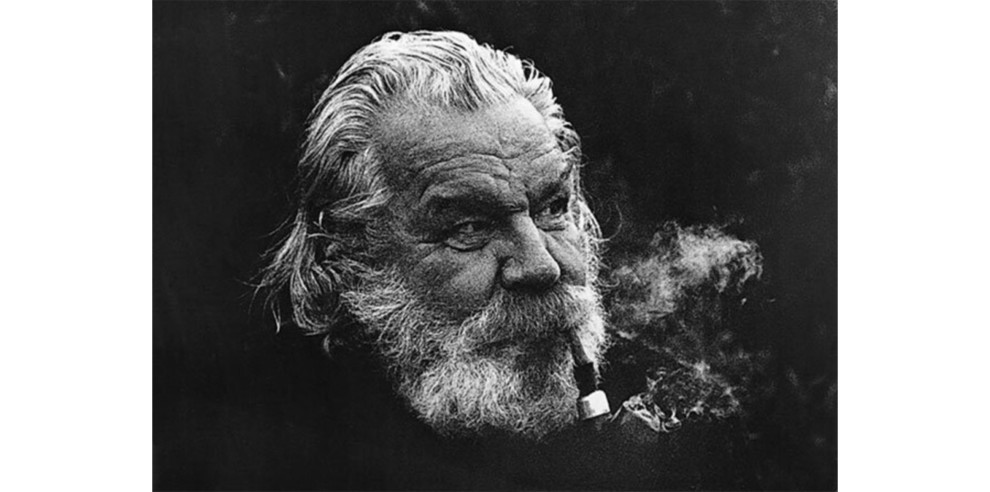
One of Wirkkala's well known glasses is the so called Ultima Thule (ultimate vessel) glass which resembles melting ice in spring, still in production and much cherished. Wirkkala designed everything from city planning over national monuments to furniture, glass, household goods, ornamental pieces, graphics for advertising and consumer goods. The book about Tapio Wirkkala's Design is the biggest and fattest of books and he worked with one assistant only, not with an army of 100 as is popular today.
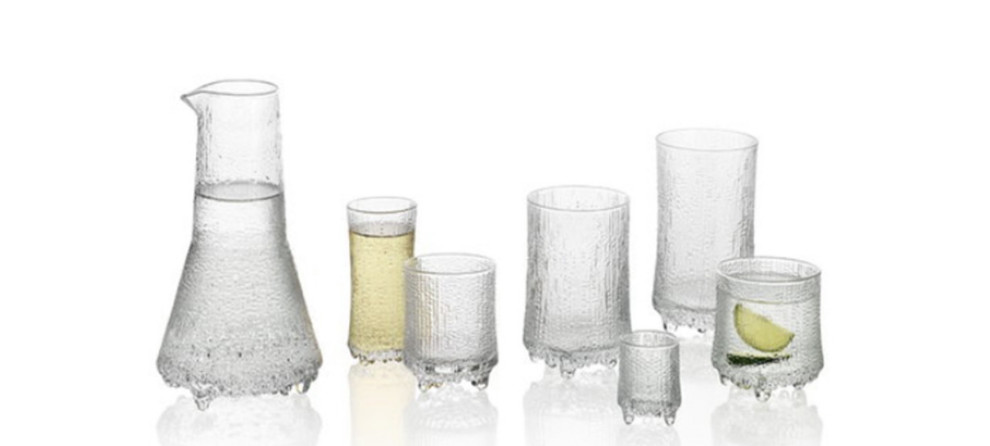
And now back to present day, the love for design is summarised by the ever alluring figures cerated by illustrator Klaus Haapaniemi.
Uniqueness is something which defines Finland, strong expression by a contemplative nation. This might have to do with living in isolated areas surrounded by wild nature, triggering much fantasy.
A good example of vivid imagination is Haapaniemi's work with his never ending tales of creatures, residing in an explosive wonderland. There is much the strong story telling through fantastic shapes and colours, stemming from enchanting wild nature with the tales of folklore attached to it. On the other hand we find clarity of shape and material just like the clear spring water after the melting ice. Both aspects of a spectrum are needed to give variety of flavour and expression. May the story telling in design and craft live forever.
